How 13 other world record transfers panned out...
Chris Flanagan on how Gareth Bale's predecessors fared after big-money moves...
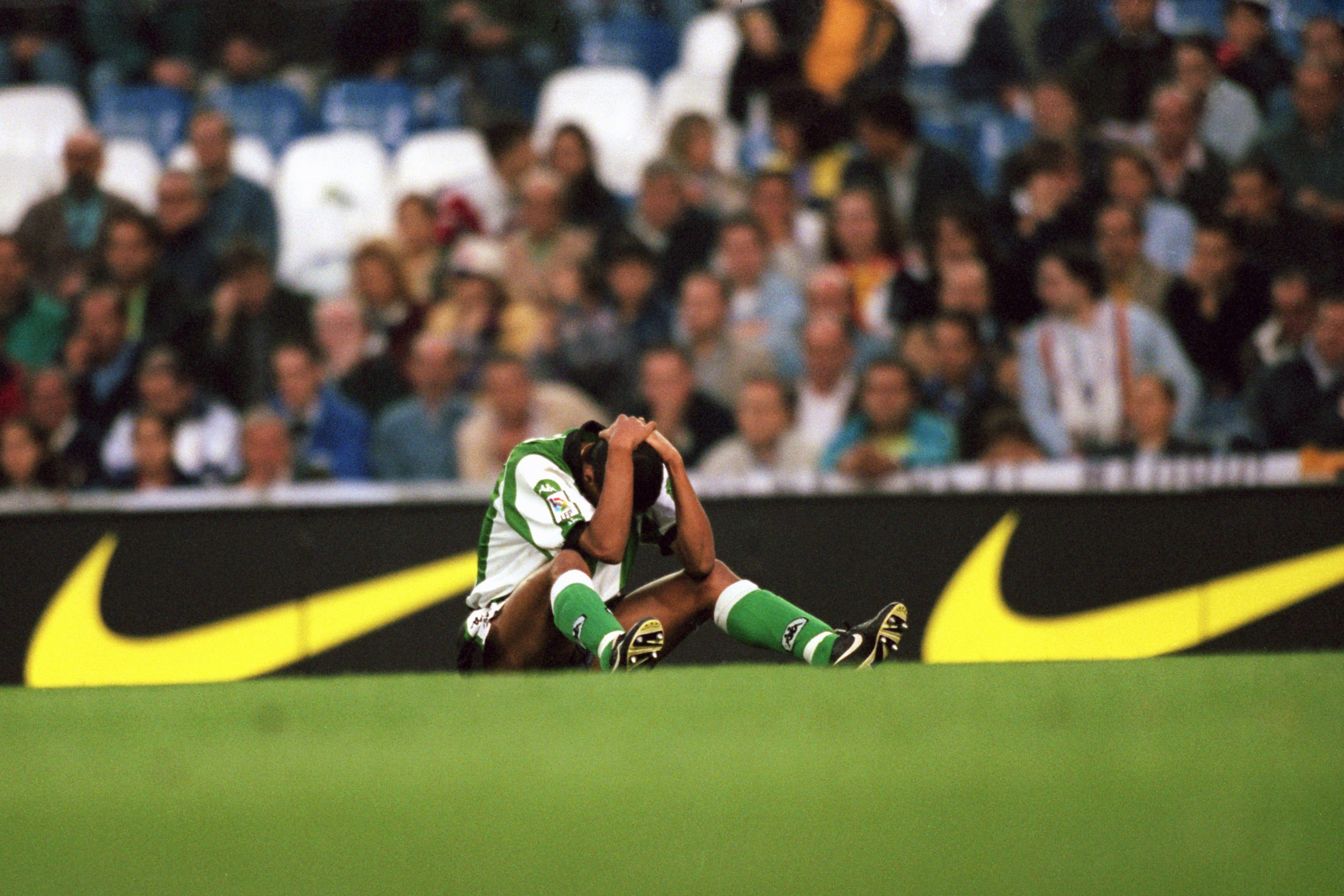
Pietro Anastasi
There's no great drama about how Gareth Bale discovers he's not playing at the World Cup: it's usually after about two qualifying games.
Not so for Anastasi, who was due to represent Italy at the 1970 World Cup as the most expensive player in the world, having joining Juventus from Varese in 1968 for 650 million lira (around £500,000).
At only 20 years old he had scored in the final of the 1968 European Championship to help Italy to glory. He was named in the squad to travel to Mexico in 1970, before high jinks with the team masseur ended rather painfully.
"He warned me, 'Pietro stop, leave me alone," Anastasi would later recall. "But I enjoyed teasing him. He turned around and hit me in the groin.
"It seemed like a small thing, and we continued to make fun of it. Then at night, I started to feel bad."
Anastasi was forced to undergo surgery on his testicles, ruling him out of the World Cup. Ouch.
Get FourFourTwo Newsletter
The best features, fun and footballing quizzes, straight to your inbox every week.
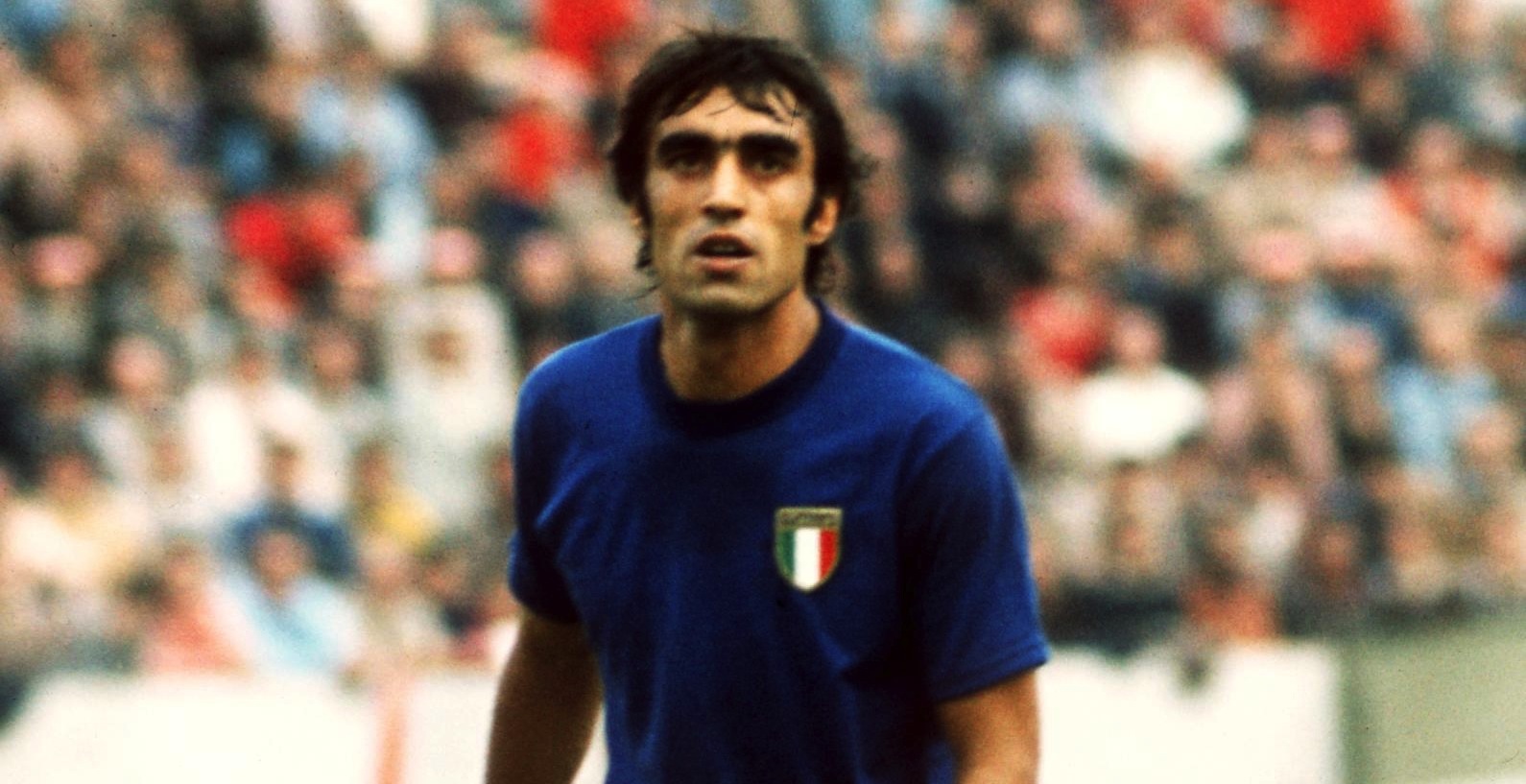
Bernabe Ferreyra
No player has held the tag of world's most expensive player as long as Ferreyra, a striker with a shot so fearsome that several goalkeepers lived to regret getting in the way.
Only British clubs had ever broken the world transfer record before River Plate paid 35,000 pesos (£23,000) to sign Ferreyra from fellow Argentinian club Tigre in 1932. With much of world football interrupted by the war, the record would stand for 17 years until 1949 - a decade after Ferreyra's retirement from the game.
Known as 'La Fiera', or 'The Beast', he developed his powerful shooting at an early age when playing football with his brothers. "They used to encourage me shouting: 'Harder, even harder!'" he said.
This eventually led to Ferreyra leaving a trail of destruction across South America. On a tour of Peru with Velez Sarsfield in 1931, one keeper was knocked out by one of his shots. Next time he played against the striker, he asked for a warning when Ferreyra was ready to shoot.
Later, at River Plate, a goalkeeper broke his wrist saving a penalty from Ferreyra. On another occasion, the forward scored from the rebound after a keeper passed out blocking the initial shot.
He was once asked to take off his boots by journalists to prove he didn't have iron bars hidden by his toes.
Ferreyra scored more than a goal a game throughout his career and, after netting 19 times in his first 12 matches for River Plate, Huracan's Candido De Nicola was given an award for being the first keeper to stop him scoring since his world-record transfer.
Despite this, Ferreyra would play only four times for Argentina after failing to impress on the international stage.
Trevor Ford
After the world record had returned to English football with the transfers of Johnny Morris and Eddie Quigley, Ford became the only Welshman before Bale to be known as the costliest footballer on the planet.
Ford joined Sunderland from Aston Villa for £30,000 in 1950 and later also played a small role in another sporting world record.
A promising cricketer in his youth, after his retirement from football he managed to secure an appearance as a substitute fielder for Glamorgan in the County Championship game when Nottinghamshire's Garfield Sobers hit six sixes in an over.
Ford was a prolific forward on the football pitch and scored 67 times in 108 games for Sunderland, despite falling out with Len Shackleton to such a degree that he accused his fellow star of deliberately misplacing passes to him.
The latter stages of Ford's playing days were dogged by an illegal payment scandal, which saw him suspended from British football as punishment for attempts to circumvent the £15 a week maximum wage.
He missed Wales' appearance at the 1958 World Cup and moved abroad to PSV Eindhoven before he was able to get the suspension lifted, returning to end his career with Newport County.
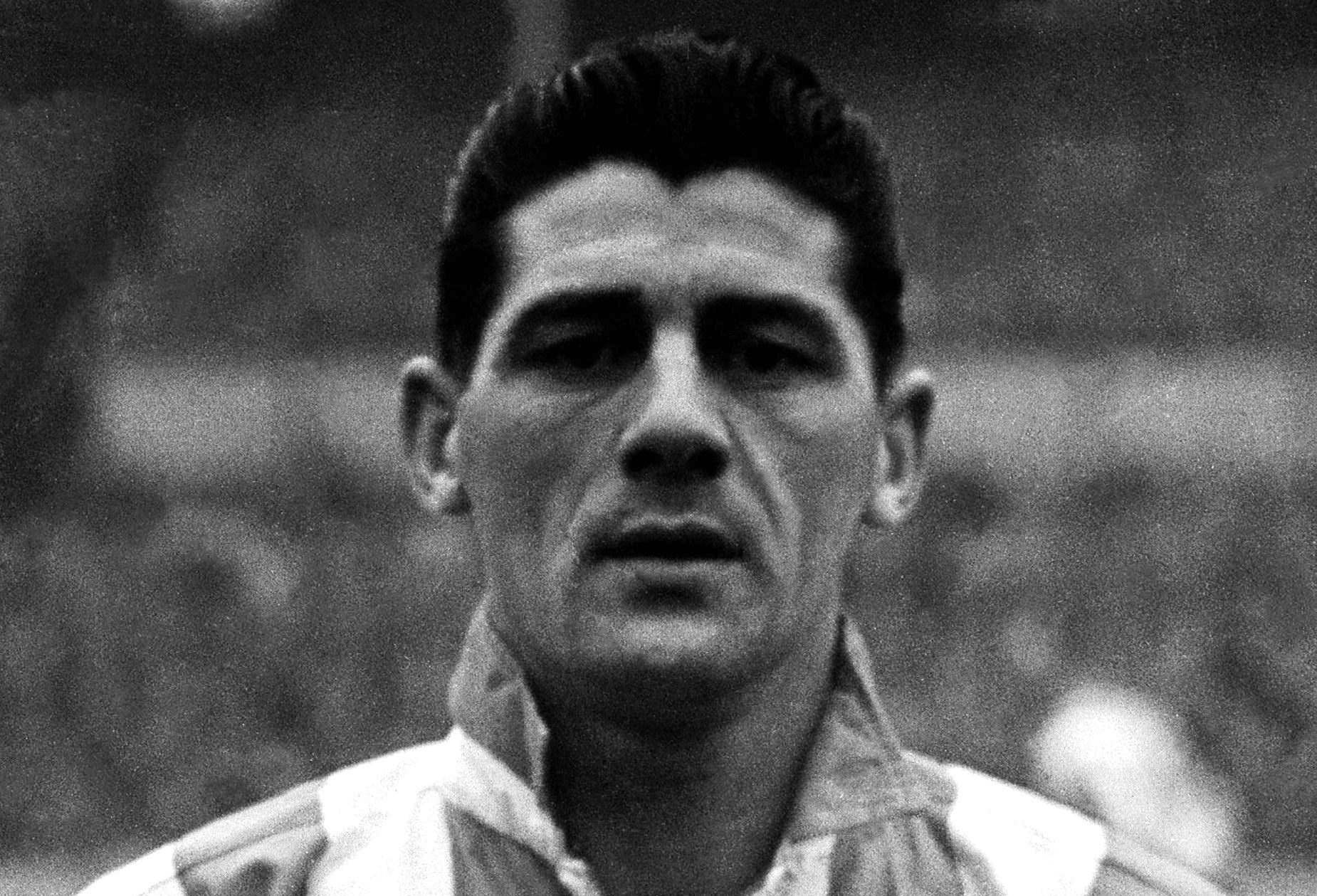
Hasse Jeppson
Italian clubs were responsible for 18 of the 22 world-record transfers between 1952 and 2000. The first was Napoli's signing of Swede Jepsson from Atalanta for 105 million lira, or £52,000, in 1952.
Jepsson had previously become only the second Swedish player to play in England, after Portsmouth's Dan Ekner, when he signed for Charlton Athletic in 1951.
After his big money move he was nicknamed ''O Banco e Napule', 'The Bank of Napoli', and scored 52 goals in 112 appearances.
Luis Suarez
No, not that one.
While Liverpool's Luis Suarez spent much of the summer agitating for a move that never actually happened, it's his namesake who switched for a world record fee in 1961.
Inter paid 25 million pesetas, around £152,000, to lure Suarez from Barcelona, and he remains revered in both Spain and Italy. Known as 'El Arquitecto', or 'The Architect', the deep-lying playmaker was known for his elegant passing style.
In 1964 he became the first player to win the European Cup and the European Championship in the same year - a feat only recently matched by Spanish compatriots Juan Mata and Fernando Torres following their Champions League win with Chelsea. He then helped Inter win the European Cup for a second successive year in 1965.
He would later have three spells as Inter's manager and also took charge of Spain at the 1990 World Cup.
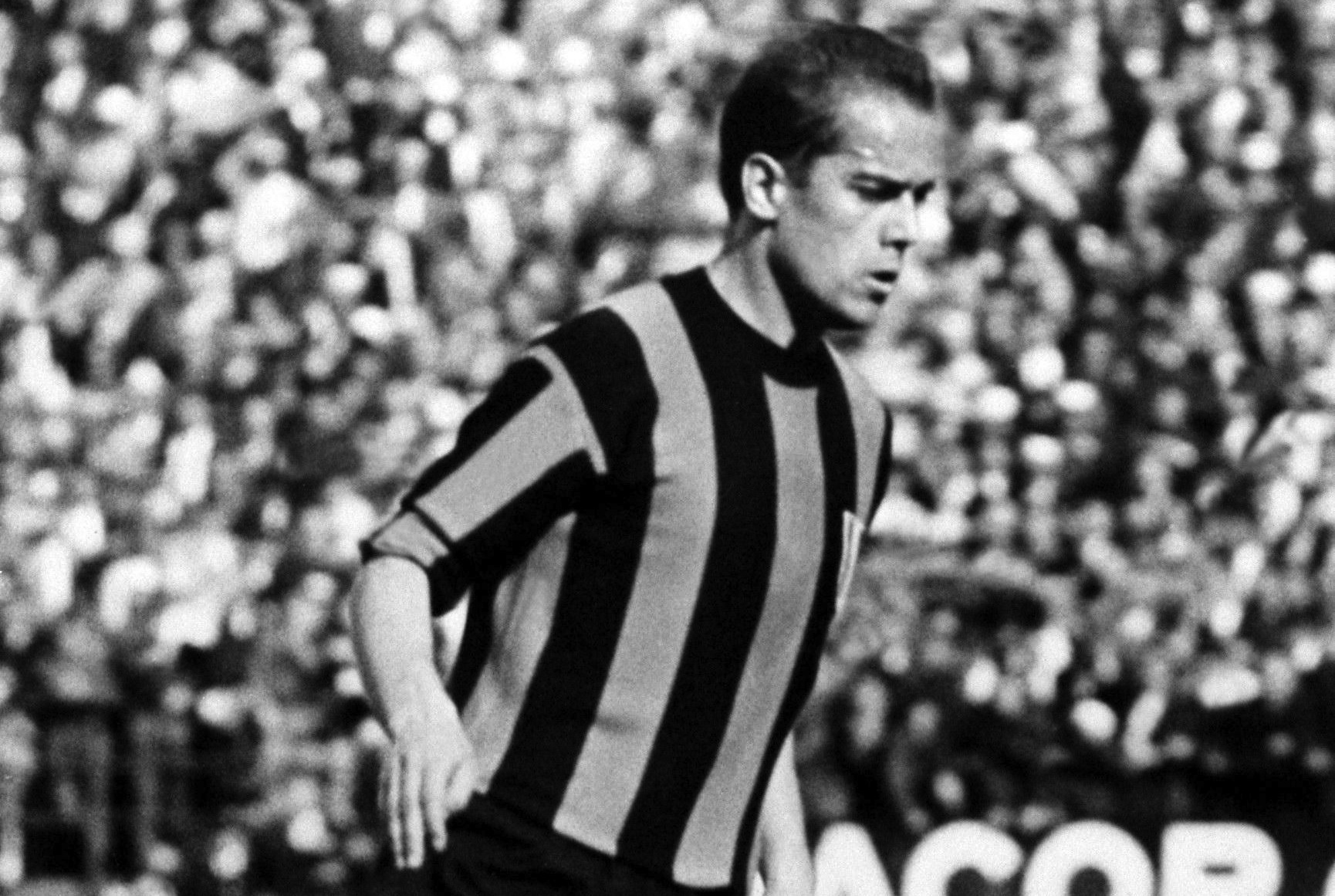
Harald Nielsen
Nielsen may have been a fine centre-forward, but he wasn't exactly Paul the Octopus when it came to predictions.
He earned the nickname Guild-Harald, or Gold Harald, after confidently predicting that Denmark would win the gold medal at the 1960 Olympics in Rome. They didn't, losing to Yugoslavia in the final.
Nielsen moved to Italy a year later though, joining Bologna from Frederikshavn - a transfer that saw him banned from the Denmark national team, which allowed only amateurs at the time. He was Serie A's top scorer in 1963 and 1964, forming a fine partnership with the German Helmut Haller.
In 1967 he joined Inter for a world record fee of around £300,000 but played only eight games in for the Nerazzurri.
A back injury hampered him as he moved on to Napoli and Sampdoria, and he made only a few more appearances before retiring.
Giuseppe Savoldi
While Trevor Francis was the first player transferred in England for more than £1m, his move to Nottingham Forest in 1979 came four years after Savoldi joined Napoli for what was a seven-figure fee in English money.
Savoldi's switch from Bologna for the equivalent of £1.2m broke the previous world record of £922,000, set when Johan Cruyff moved from Ajax to Barcelona in 1973.
But he played only four times for Italy and like Paolo Rossi, the man who would succeed him as the world's most expensive player, Savoldi's career was marred by a suspension from football as a result of the Italian match-fixing scandal in 1980. He was banned for two years.
Savoldi has since gone into politics and stood in this year's general election.
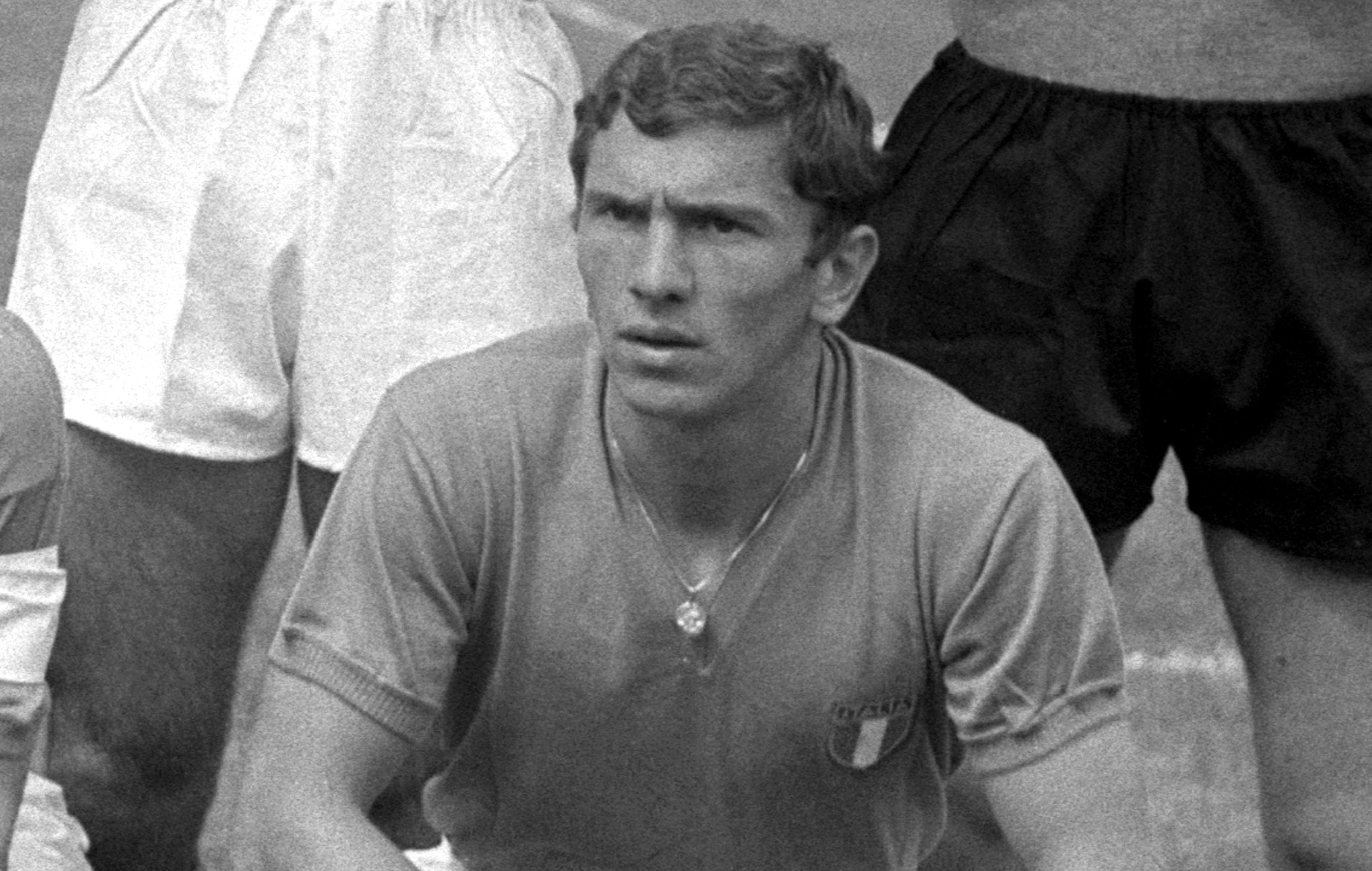
Diego Maradona
Maradona moved from Boca Juniors to Barcelona for £3m in 1982 - four years after Sheffield United had agreed a fee of around £600,000 for the soon-to-be Argentine legend.
The Blades were in the Second Division when manager Harry Haslam spotted the 17-year-old Maradona, but after the deal had been agreed Sheffield United could not come up with the funds and the transfer was off.
Maradona would later move for a world record fee, not once but twice - joining Napoli from Barcelona for £5m in 1984. Apart from that and single handedly guiding Argentina to World Cup glory in 1986, Sheffield United didn't really miss out on too much.
Instead they signed fellow Argentine Alex Sabella and despite the midfielder's performances, they would eventually end up in the Third Division. Sabella is now manager of Argentina.
Maradona is not the only footballer to have broken the world record twice. Alf Common did the same, moving to Sunderland for £520 in 1904 and then Middlesbrough for £1,000 a year later.
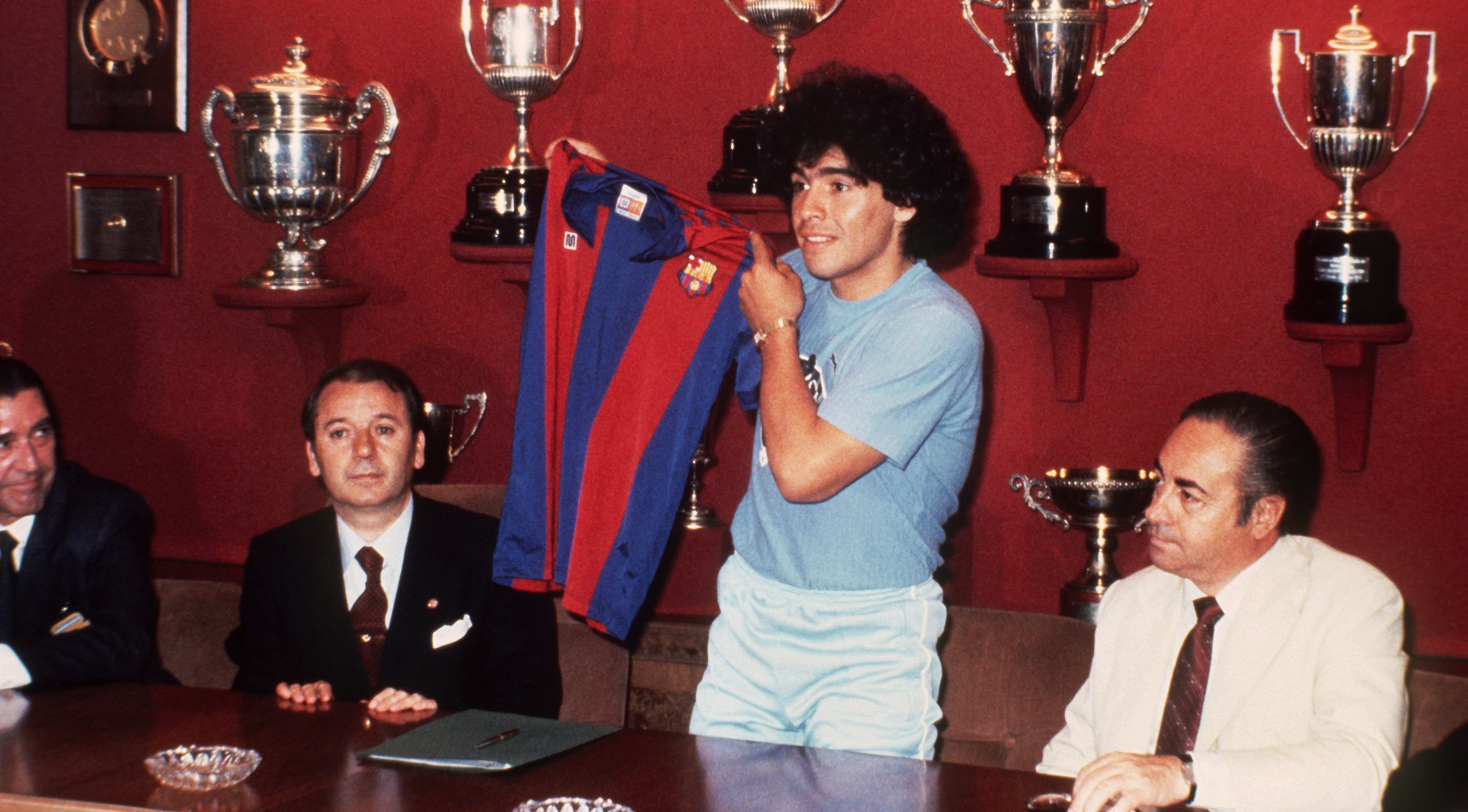
Gianluigi Lentini
The world record was broken three times in the summer of 1992.
AC Milan's new £10m signing Jean-Pierre Papin was the most expensive player on the globe for only 24 days before Juventus paid Sampdoria £12m for Gianluca Vialli.
Only 37 days later, perhaps somewhat miffed that their record had been taken, Milan responded with the £13m capture of Lentini from Torino. The sale sparked riots from Torino fans, angry with both the club and Lentini.
The winger played a key role as Milan won the league in 1993 and reached the Champions League final, where they lost to Papin's old club Marseille.
But soon afterwards Lentini suffered serious head injuries when, driving home from a pre-season tournament, his Porsche went off the road at around 125mph on a bend near Turin. The car ended up in a ditch and burst into flames. He was in a light coma after fracturing his skull near his eye socket.
To complicate matters further, while he was lying in hospital his representatives were forced to deny newspaper reports of a relationship between Lentini and the estranged wife of Toto Schillaci, the top scorer at the 1990 World Cup.
Lentini made a full recovery but he was never the same player again.
He left Milan in 1996 and went on to play for seven more clubs.
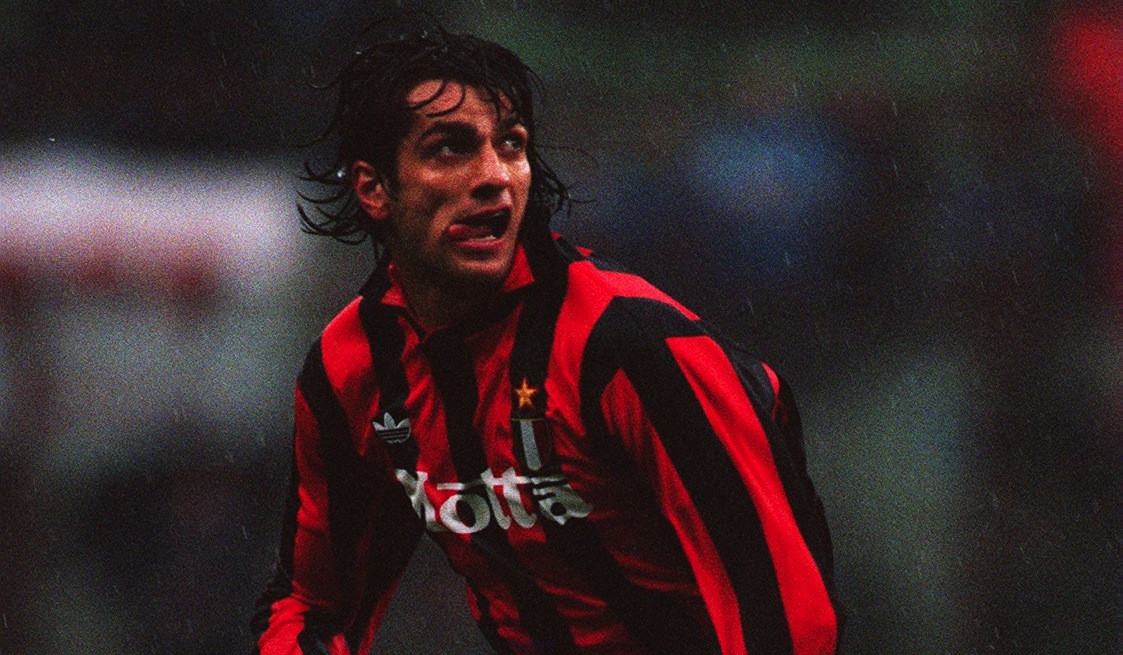
Alan Shearer
Shearer's £15m move to Newcastle in 1996 remains the only world record purchase by an English club since 1952, and it required the help of a rather enthusiastic bank manager.
Blackburn Rovers were holding out for a big fee in the wake of Shearer's performances at Euro '96, and Newcastle were starting to doubt whether they could find the finances to deliver the player that Kevin Keegan wanted - with Manchester United also interested.
"Kevin Keegan told me afterwards that they were in the boardroom and the chairman of Newcastle was saying, ‘We can’t do it, it’s impossible’," recalled Derek Fazackerley, a former colleague of Keegan who was working at Blackburn at the time.
"But the bank manager was saying, ‘No, we can find a way of doing this’. He was a big Newcastle fan. He wanted Alan Shearer."
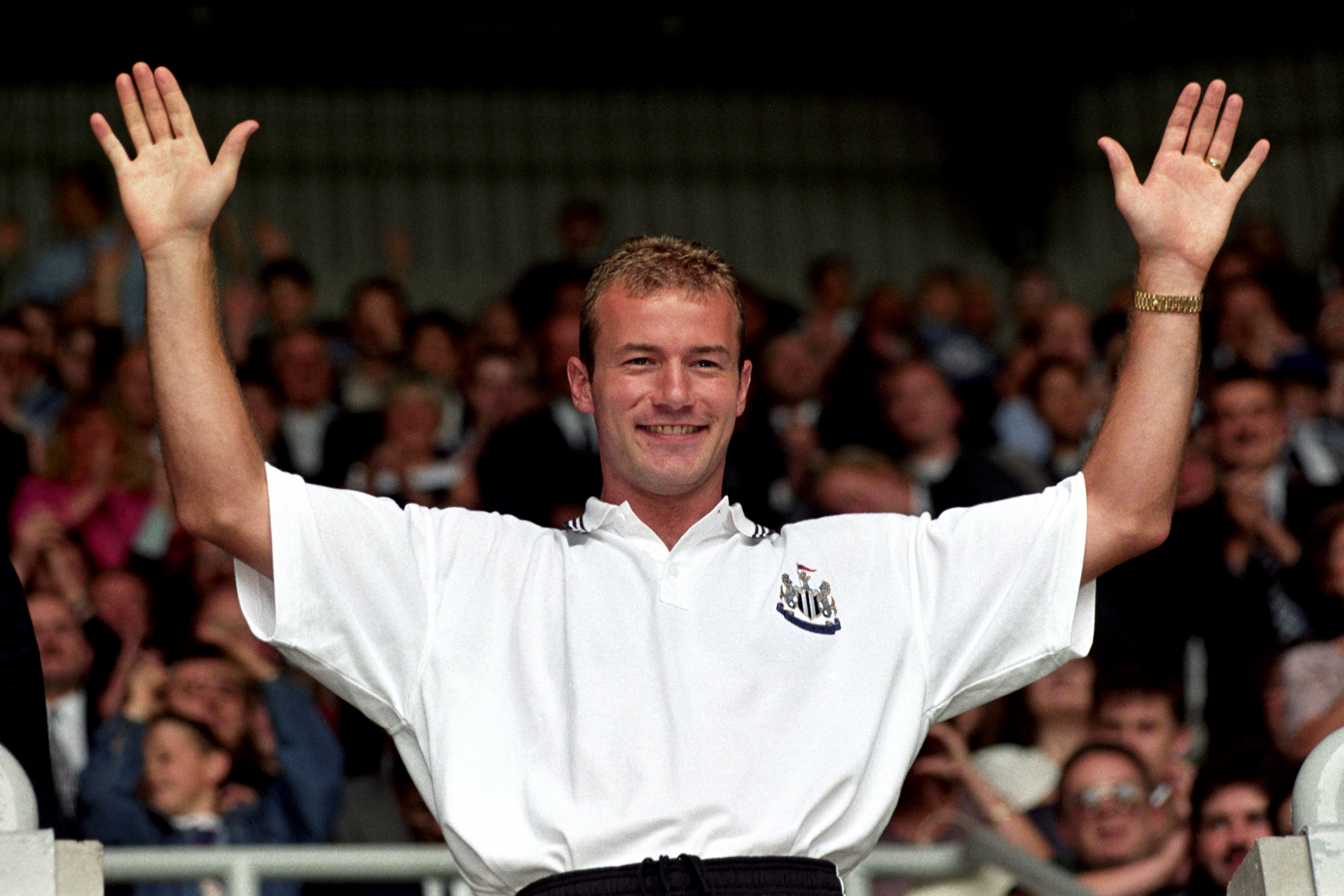
Denilson
The road from world record signing to the Vietnamese V.League took 11 years, and was largely downhill.
The Brazilian's sensational skills persuaded Real Betis to part with £21.5m to sign him from Sao Paulo in 1998, but they were probably regretting it by the time they were relegated from La Liga two years later.
After a spell on loan at Flamengo, Denilson returned to Betis and did help them back into the top flight and then the Champions League, but only as a bit-part player in the later years. He moved on to Bordeaux, then Al Nassr in Saudi Arabia, then MLS side FC Dallas, and back home to Palmeiras.
In 2009, after a failed trial with Gary Megson’s Bolton Wanderers, he moved to Vietnam to join Xi Mang Hai Phong but made only one appearance because of injury.
He went on to have a spell at Greek side Kavala without playing a match, and soon retired. Denilson has since found work as a commentator and television presenter in Brazil.

Michael 'Rubberneck' Gilhooley
It is to be hoped that Gilhooley enjoyed his status as the world's most expensive player while it lasted, because he held the honour for only 24 hours.
The Scottish centre-half, renowned as a brilliant header of the ball, joined Sunderland from Hull City for £5,250 on March 2, 1922.
It ended a brief, and now frankly surreal, period when the world record was held by a Falkirk player - Syd Puddefoot, who was signed from West Ham for £5,000 and also enjoyed success as a cricketer with Essex.
But if Gilhooley was basking in the glory of his new valuation, he was trumped just a day later as Sunderland splashed the cash again to bring in Warney Cresswell - known as 'The Prince of Full-Backs' - from then Second Division club South Shields for £5,500.
David Jack
Jack was known as the man who'd scored the first goal at Wembley (for Bolton in the 1923 FA Cup final) - but Arsenal used some unusual negotiation tactics to take him to Highbury five years later.
Bolton were in financial trouble but were still pushing for a fee of £13,000 when representatives of the two clubs met at a hotel.
Drinks were ordered but Arsenal boss Herbert Chapman gave a waiter £2 to serve him gin and tonic with no gin, and club administrator Bob Wall whisky and dry ginger with no whisky.
While the Bolton directors got ever more intoxicated as negotiations went on, Chapman and Wall remained stone cold sober and were able to push the price down to £10,890.
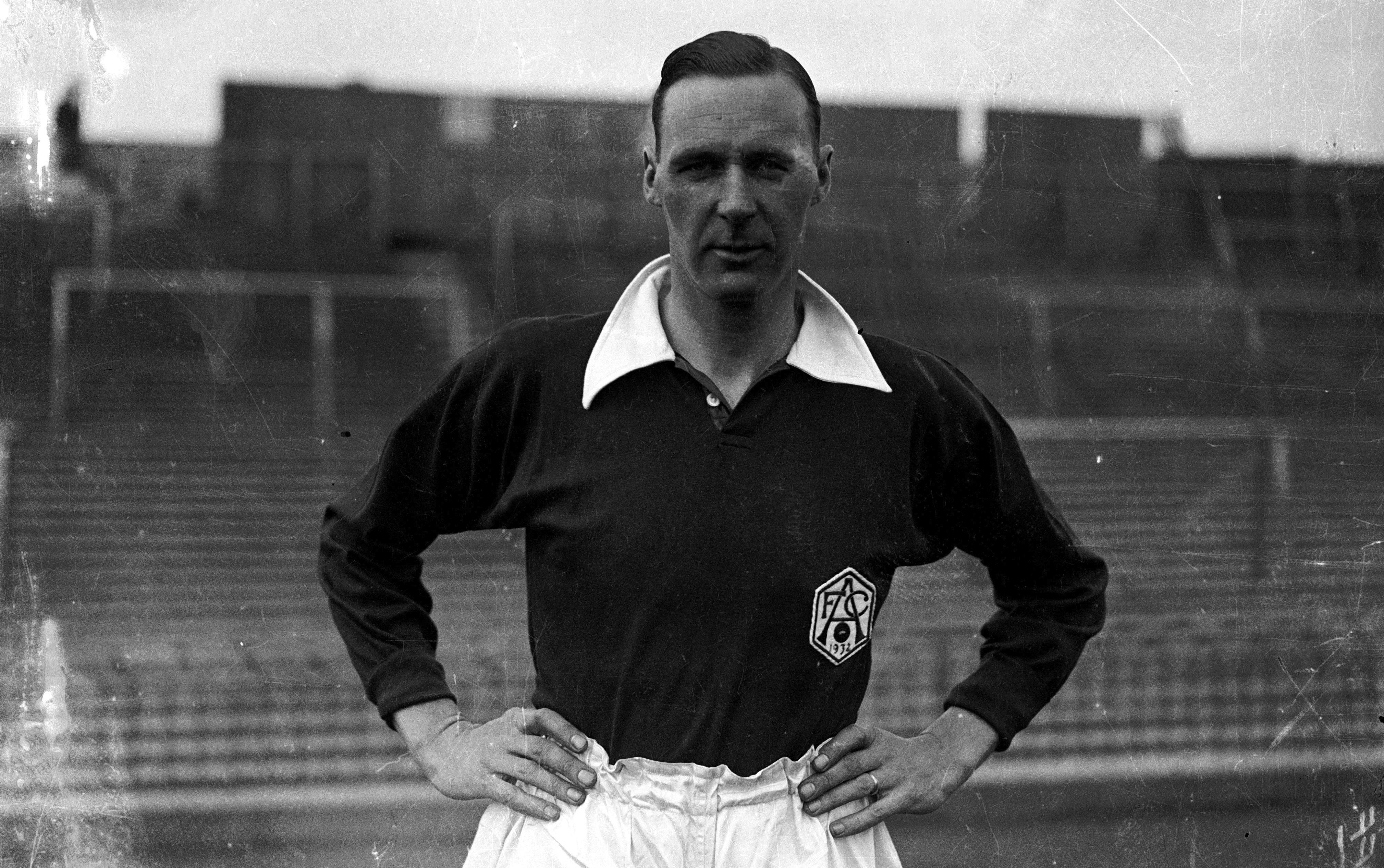

Chris joined FourFourTwo in 2015 and has reported from 20 countries, in places as varied as Jerusalem and the Arctic Circle. He's interviewed Pele, Zlatan and Santa Claus (it's a long story), as well as covering the World Cup, Euro 2020 and the Clasico. He previously spent 10 years as a newspaper journalist, and completed the 92 in 2017.